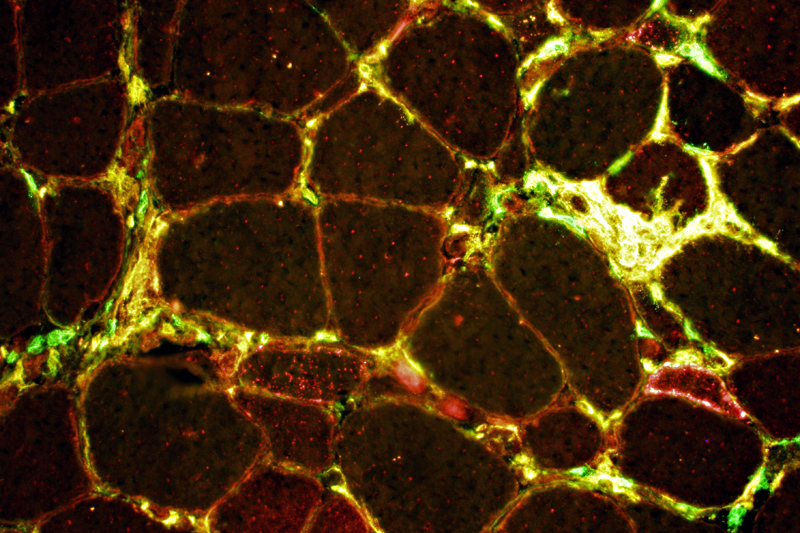Rui Liu, Guang Yang, Takashi Nonaka, Tetsuaki Arai, William Jia and Max S Cynader

Abstract
Background: TAR DNA-binding protein 43 (TDP-43) is a protein that is involved in the pathology of Amyotrophic Lateral Sclerosis (ALS) and Frontotemporal Lobar Degeneration (FTLD). In patients with these neurodegenerative diseases, TDP-43 does not remain in its normal nuclear location, but instead forms insoluble aggregates in both the nucleus and cytoplasm of affected neurons.
Results: We used high density peptide array analysis to identify regions in TDP-43 that are bound by TDP-43 itself and designed candidate peptides that might be able to reduce TDP-43 aggregation. We found that two of the synthetic peptides identified with this approach could effectively inhibit the formation of TDP-43 protein aggregates in a concentration-dependent manner in HeLa cells in which a mutated human TDP-43 gene was overexpressed. However, despite reducing aggregation, these peptides did not reduce or prevent cell death. Similar results were observed in HeLa cells treated with arsenite. Again we found reduced aggregation, in this case of wild type TDP-43, but no difference in cell death.
Conclusions: Our results suggest that TDP-43 aggregation is associated with the cell death process rather than being a direct cause.
Keywords: TDP-43, Aggregation, Peptides, Cell death
Download Full Article HERE
